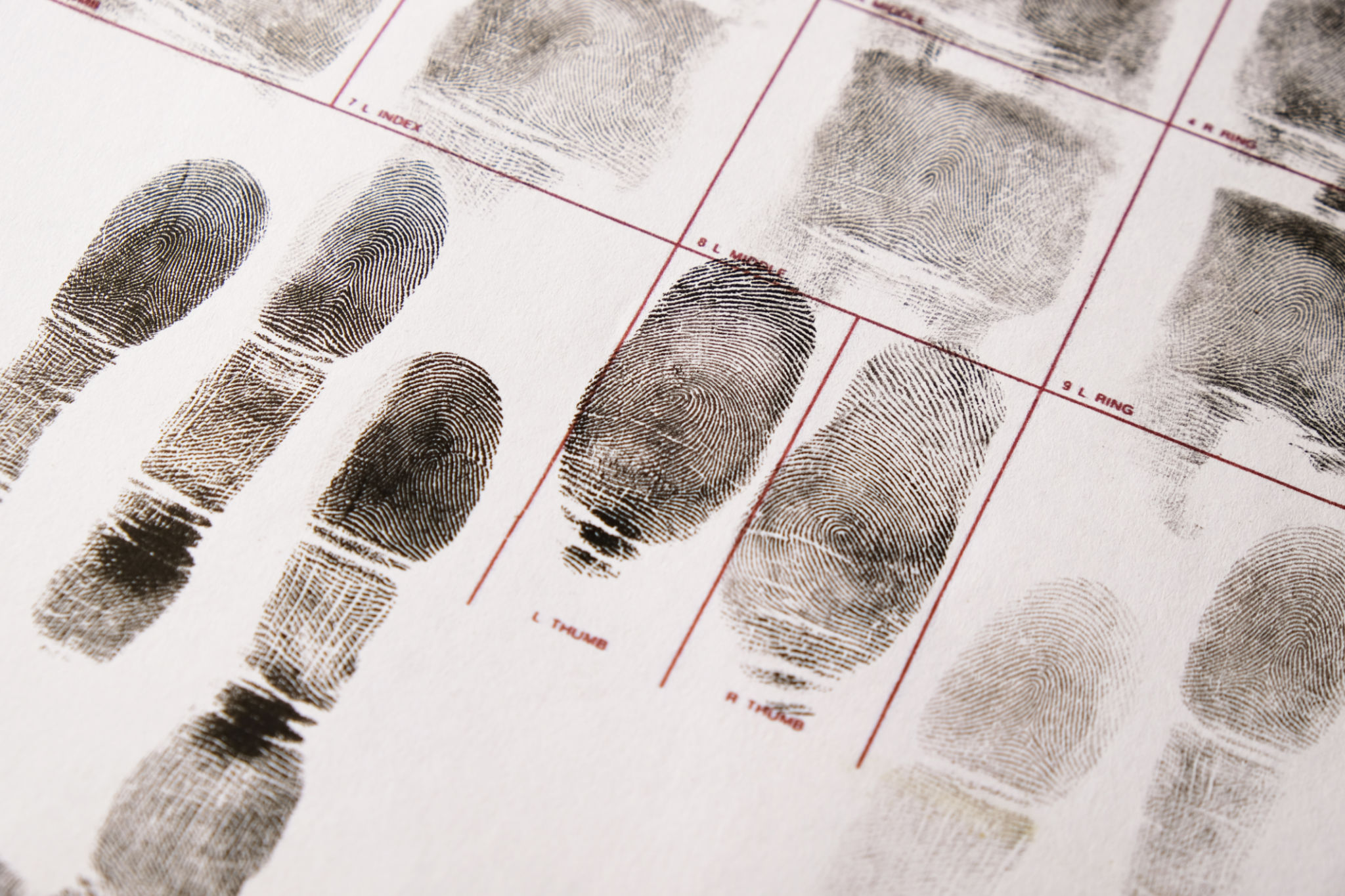Ink Fingerprinting vs. Digital: Choosing the Right Method for Your Needs
DB
Understanding Ink Fingerprinting
Ink fingerprinting is the traditional method for capturing fingerprints, using ink and paper. This technique has been in use for decades and is widely recognized for its simplicity and reliability. When an individual's fingertips are pressed onto an ink pad and then onto a paper card, a permanent record of their fingerprints is created. This method is often used in legal and governmental settings where a physical copy of fingerprints is required.
One advantage of ink fingerprinting is its universal acceptance. Many institutions across the world still rely on ink prints because they are familiar with the process and trust its accuracy. However, it can be a messy process, and if not done correctly, smudges can occur, leading to rejected prints.

The Rise of Digital Fingerprinting
In contrast, digital fingerprinting is a modern approach that utilizes electronic scanners to capture fingerprints. This method is quick, clean, and efficient, making it increasingly popular in various sectors such as employment background checks, security clearances, and personal identity verification.
Digital fingerprinting offers several advantages over traditional methods. It provides immediate results and reduces the likelihood of errors such as smudging. Additionally, digital files are easy to store and transmit electronically, which can be beneficial for organizations that need to process large volumes of fingerprint data rapidly.

Comparing Accuracy and Reliability
When it comes to accuracy, both methods have their strengths. Ink fingerprinting can sometimes provide more detailed prints if performed carefully, as the physical impression captures subtle ridge patterns. However, digital scanners have advanced significantly and now offer high-resolution imaging that rivals traditional methods.
Reliability largely depends on the context in which prints are used. For instance, forensic investigations might still prefer ink fingerprints due to their longstanding acceptance in legal contexts. Still, for most everyday applications, digital fingerprinting is more than adequate.
Cost Considerations
Cost is another factor that individuals and organizations must consider when choosing between ink and digital fingerprinting. Ink fingerprinting requires minimal equipment—just ink pads and paper cards—making it a cost-effective option for small-scale or infrequent use.
On the other hand, digital fingerprinting requires investment in electronic scanners and supporting software. However, these initial costs can be offset by the efficiency and speed of the process, especially for organizations processing large numbers of fingerprints regularly.

Environmental Impact
Environmental concerns are increasingly significant in decision-making processes. Ink fingerprinting uses paper and ink, which can contribute to waste if not managed properly. Additionally, the chemicals in some inks may pose environmental hazards if not disposed of responsibly.
Digital fingerprinting is generally more environmentally friendly as it reduces paper waste and eliminates the need for chemical inks. This makes it an attractive option for businesses and agencies looking to minimize their ecological footprint.
Choosing the Right Method for You
Ultimately, the choice between ink and digital fingerprinting depends on your specific needs and circumstances. If you require a method that is universally accepted and simple to implement without upfront costs, ink fingerprinting may be suitable. However, for faster processing, less mess, and reduced environmental impact, digital fingerprinting could be preferable.
Consider factors such as the volume of fingerprints you need to process, your budget, and any specific requirements from governing bodies or organizations you are working with. By weighing these considerations, you can select the method that best aligns with your goals.